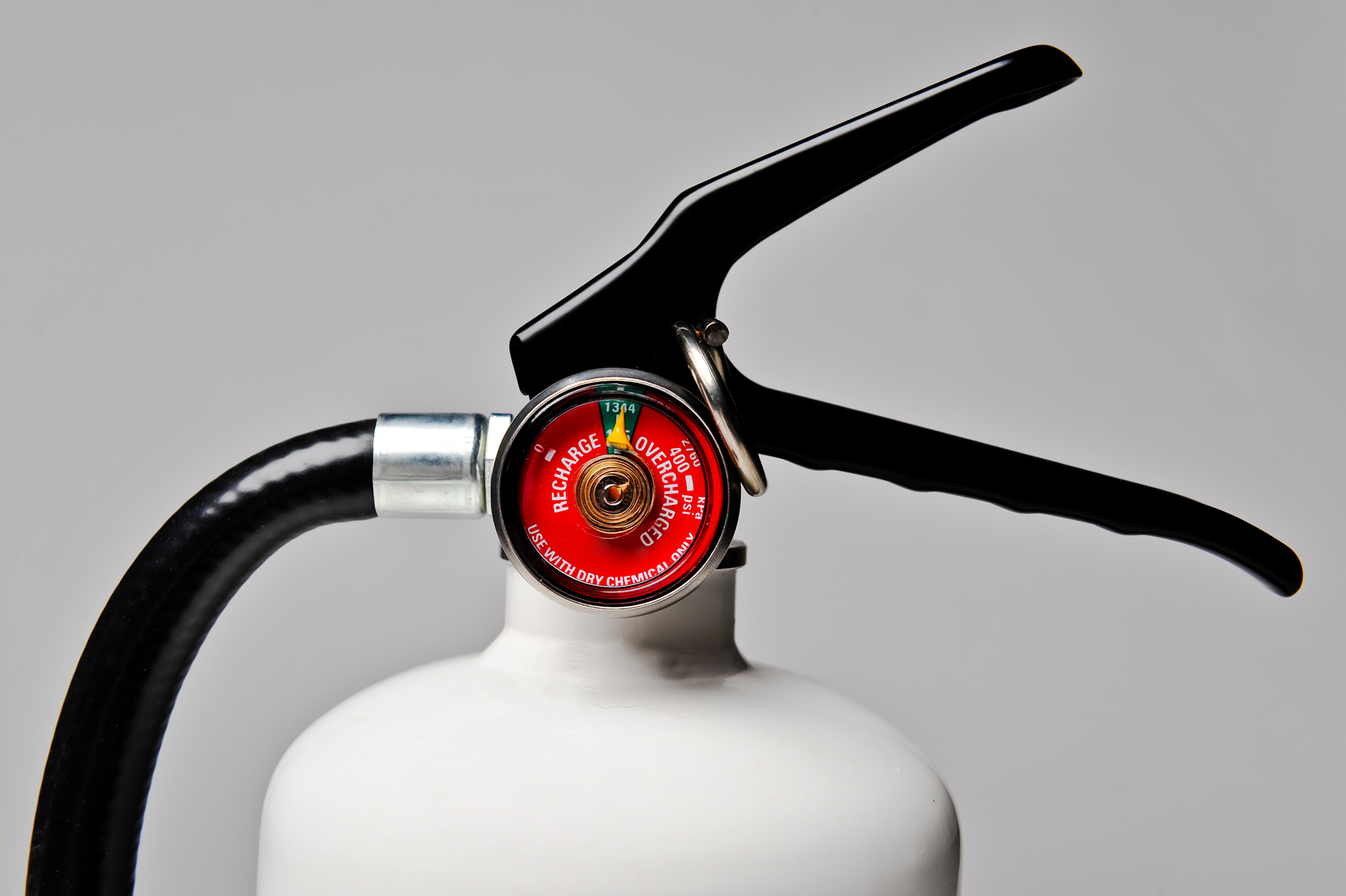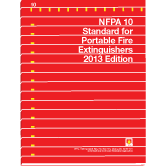Torrance, California Fire Extinguishers
 Portable, wheeled or fixed unit fire extinguishers are an invaluable tool that every occupied building should install and properly service aiding in the containment, suppression or extinguishing of small fires in Torrance, California.
Portable, wheeled or fixed unit fire extinguishers are an invaluable tool that every occupied building should install and properly service aiding in the containment, suppression or extinguishing of small fires in Torrance, California.
Fire Extinguisher Refill & Recharge
Fire Extinguisher Service in Torrance, California
Refilling & Recharge Fire Extinguisher in Torrance, California
There are a few reasons portable, fixed or wheeled fire extinguishers would need refill and recharge service performed by qualified, certified and actively licensed fire extinguisher companies in Torrance, California.
 Why Refill and Recharge a Fire Extinguisher Why Refill and Recharge a Fire Extinguisher
- The fire extinguisher was recently discharged
- The fire extinguisher has been damaged, faulty or missing parts
- The fire extinguisher cylinder is losing pressure
- The fire extinguisher is losing weight
- The fire extinguisher requires hydrostatic testing
|
|

RECHARGE FIRE EXTINGUISHERS IMMEDIATELY AFTER ANY USE
Fire Extinguisher Service, Maintenance & Use
![Class K Restaurant, Kitchen & Coast Guard Marine & Naval Fire Extinguishers in Torrance, California]() USFA & FEMA USFA & FEMA
- As a general rule, firefighting should be left to the fire department.
- Only adults who know how to use portable fire extinguishers should use them.
- Before trying to fight a fire, make sure that everyone is leaving the house, someone is calling 9-1-1, the extinguisher is mounted on the wall close to your way out, the fire is not bigger than a small wastepaper can and you can get out.
- Inspect portable extinguishers monthly and have them serviced annually.
- Follow the manufacturer’s instructions for placement and mounting height.
- As a general rule, portable fire extinguishers for the home should have a rating of at least 2-A:10-B:C.
|
Refilling a fire extinguisher in Torrance, California
![ABC Multipurpose Fire Extinguishers in Torrance, California]() The refill and recharge of installed fire extinguishers may be required if any fire extinguisher was discharged, if there is damage to the fire extinguisher cylinders, collars, valve stems, o-rings & valve assemblies or if hydrostatic testing is needed. The refill and recharge of installed fire extinguishers may be required if any fire extinguisher was discharged, if there is damage to the fire extinguisher cylinders, collars, valve stems, o-rings & valve assemblies or if hydrostatic testing is needed.
Physical, visual and possibly mechanical tests should be performed by factory trained, qualified, certified and actively licensed fire extinguisher companies in Torrance, California to ensure fire extinguisher is fully operational. |
| Below is a typical service procedure that should be completed by a factory trained and qualified fire extinguisher company in Torrance, California |
Portable, wheeled or fixed unit fire extinguishers are an invaluable tool that every occupied building should install and properly service aiding in the containment, suppression or extinguishing of small fires in Torrance, California.


 Why Refill and Recharge a Fire Extinguisher
Why Refill and Recharge a Fire Extinguisher 
